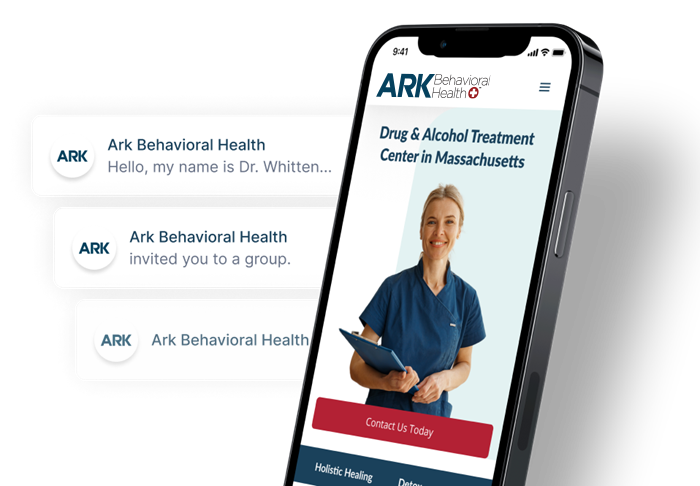5 Effects Of Alcohol On Your Liver
- Fatty Liver Disease (Steatosis)
- Alcohol-Related Hepatitis
- Hepatic Encephalopathy
- Cirrhosis
- Liver Cancer
- FAQs

Your liver is the largest organ in your body and is necessary for important functions such as digestion and eliminating toxic substances. Alcohol is a toxic substance that your liver has to filter every time you drink.
Learn about the 4 Ways Alcohol Damages Your Liver
Although alcohol kills liver cells, a healthy liver can regenerate new cells. However, prolonged heavy drinking can cause severe side effects and irreversible damage. This may begin as mild scarring and can progress to cirrhosis or liver cancer.
Here are five effects of alcohol on your liver:
1. Fatty Liver Disease (Steatosis)
Fatty liver disease occurs when there is a buildup of fat in the liver. It can be caused by heavy alcohol use (alcoholic fatty liver disease) or be caused by other factors, such as obesity, diabetes, or high blood pressure.
As your liver metabolizes alcohol, it creates toxic chemicals that can damage liver cells. This can lead to liver inflammation and interfere with your body’s defense system. Fatty liver disease is treatable but without treatment can progress to alcoholic hepatitis and cirrhosis of the liver.
2. Alcohol-Related Hepatitis
Alcohol-Related hepatitis is inflammation of the liver caused by chronic alcohol consumption. Hepatitis can occur after several years of binge drinking.
The toxic chemicals created when alcohol is metabolized can cause liver inflammation and irreversible cell death. Scar tissue replaces healthy liver tissue, which prevents the liver from functioning properly.
People with alcohol-related hepatitis may experience the following symptoms:
- jaundice (yellowing of the skin and eyes)
- malnutrition
- nausea or vomiting
- abdominal pain
- fever
- fatigue
If the individual doesn’t stop drinking alcohol, hepatitis can progress to liver failure.
3. Hepatic Encephalopathy
Hepatic encephalopathy is a nervous system disorder and is associated with alcoholic liver disease. Severe liver damage affects its ability to filter out toxic substances. These toxins can impair brain function.
The symptoms that may appear with hepatic encephalopathy include:
- anxiety
- difficulty thinking
- impaired coordination
- mood swings
- muscle twitching
- difficulty sleeping
- impaired speech
If the condition is caught early enough, medications can reverse the buildup of toxic chemicals in the brain. However, this condition becomes more difficult to treat the further it progresses.
4. Cirrhosis
If alcoholic hepatitis continues untreated, a buildup of scar tissue can affect liver function. This can lead to liver fibrosis, which causes decreased blood flow throughout the liver. If untreated, liver fibrosis can progress to liver cirrhosis.
Alcohol abuse, hepatitis B, hepatitis C, and fatty liver disease all contribute to the progression of cirrhosis. Cirrhosis is caused by severe scarring of the liver.
Too much scar tissue on the liver prevents blood flow and interferes with the liver’s ability to process nutrients and toxins. Cirrhosis can also interfere with your body’s ability to process certain medications.
Symptoms Of Alcoholic Cirrhosis
Cirrhosis can be life-threatening because a healthy liver function is essential for many important functions. Like other stages of alcohol-related liver disease, cirrhosis may not be caught early enough to prevent severe damage.
Alcoholic cirrhosis may cause the following symptoms:
- loss of appetite
- weight loss
- bruising or bleeding easily
- jaundice
- itchiness
- swelling in hands, feet, ankles, or abdomen
- light-colored or bloody stools
- confusion
Eliminating alcohol, diet changes, and exercise can help slow the progression of cirrhosis. A healthcare provider may also recommend medications to reduce fluid buildup, improve confusion, and fight infections.
However, some people may require a liver transplant if it becomes severely damaged.
5. Liver Cancer
According to the National Institute on Alcohol Abuse and Alcoholism (NIAAA), alcohol abuse is strongly linked with the development of several types of cancer.
The more someone drinks, the higher their risk is of developing cancer. Alcohol is the main cause of liver cancer. Having hepatitis B or hepatitis C along with chronic heavy drinking are other risk factors.
Many people don’t experience major symptoms in the early stages of liver cancer. As it progresses, more severe symptoms may begin to appear. These symptoms are similar to the symptoms of liver disease, including decreased appetite, abdominal discomfort, and jaundice.
Treating Liver Cancer
Blood tests can help a doctor determine the severity of liver cancer and assess treatment options. Treatment may include surgery, radiation, and chemotherapy. If the liver is severely damaged, a liver transplant may be necessary.
If you or a loved one is struggling with alcohol abuse, treatment is available. Please contact us today to speak with a specialist about treatment options.
Alcoholic-Related Liver Disease FAQs
What Are The First Signs Of Liver Damage From Alcohol?
The first signs of liver damage from alcohol consumption can include an enlarged liver, jaundice, loss of appetite, and stomach pain. Liver damage is hard to diagnose in the early stages, because these symptoms may not appear at all in some patients.
Can Heavy Alcohol Use Cause Liver Lesions?
Yes, heavy alcohol use can cause liver lesions and lead to more serious alcohol-related liver diseases if not addressed.
Learn more about Heavy Alcohol Use & Liver Lesions
What Are The Symptoms Of Alcohol-Related Liver Failure?
Some of the symptoms of alcohol-related liver failure include cirrhosis, jaundice, liver cancer, and kidney failure. If you’re diagnosed with a liver disease, it’s imperative that you abstain from alcohol use.
Learn more about the Symptoms Of Alcohol-Related Liver Failure
Can You Cleanse Your Liver From Alcohol?
The liver naturally detoxifies and regenerates itself, though you can support its activity by abstaining from alcohol and making positive lifestyle changes like diet and exercise.
Learn more about How To Cleanse & Detox Your Liver From Alcohol
Can The Liver Heal Itself From Alcohol Abuse?
The liver can heal itself to an extent. However, if the damage is severe enough, the liver can only do so much to reverse it.
How long the liver takes to heal depends on a number of different factors and can take anywhere from months to years to fully recover.
To learn more, read Can The Liver Repair Itself After Years Of Heavy Drinking?
Written by Ark Behavioral Health Editorial Team
©2024 Ark National Holdings, LLC. | All Rights Reserved.
This page does not provide medical advice.
Mayo Clinic - Alcoholic Hepatitis
National Institute On Alcohol Abuse And Alcoholism (NIAAA) - Alcohol's Effects On The Body
National Library of Medicine: MedlinePlus - Fatty Liver Disease
National Library of Medicine: MedlinePlus - Liver Cancer

Questions About Treatment?
Ark Behavioral Health offers 100% confidential substance abuse assessment and treatment placement tailored to your individual needs. Achieve long-term recovery.
100% confidential. We respect your privacy.
Prefer Texting?
Our friendly support team is here to chat 24/7. Opt out any time.







 Learn More
Learn More








